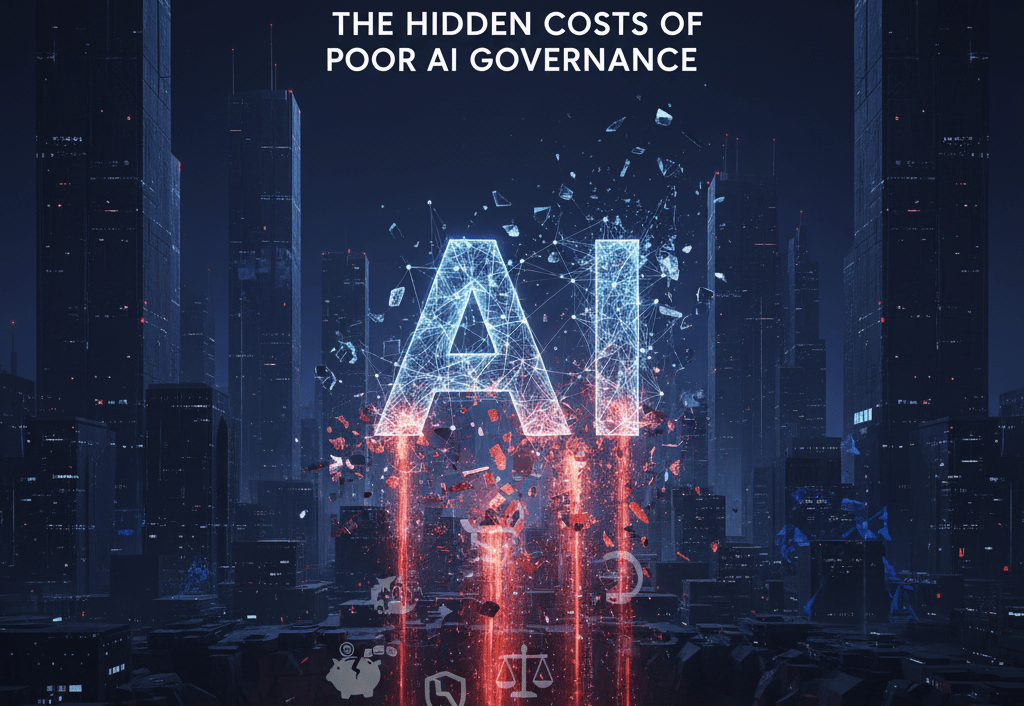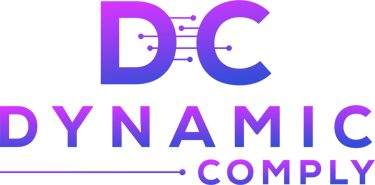The Hidden Costs of Poor AI Governance
10/28/20251 min read


Understanding AI Governance
In recent years, the rapid advancement of artificial intelligence (AI) technology has necessitated the establishment of governance frameworks to manage its deployment responsibly. AI governance involves the policies, processes, and regulations that ensure AI systems operate fairly, transparently, and ethically. However, inadequate governance can lead to significant hidden costs that organizations may not anticipate.
The Consequences of Poor AI Governance
When organizations overlook the importance of robust AI governance, they expose themselves to various risks. One of the most concerning hidden costs is a tarnished reputation. As public scrutiny of AI practices increases, any mismanagement can lead to public relations disasters. Moreover, organizations may face legal ramifications if their AI systems are discovered to be biased or discriminatory. Financial implications, such as litigation costs and regulatory fines, can arise, placing additional burden on resources that could have been allocated to innovation.
Dynamic Compliance Services as a Solution
Dynamic compliance services offer a proactive approach to managing AI governance challenges. By integrating compliance into the lifecycle of AI development and deployment, these services help organizations identify potential risks early on. Dynamic compliance solutions adapt to changing regulations and ethical standards, ensuring organizations remain compliant and minimizing hidden costs.
Furthermore, employing dynamic compliance services fosters a culture of accountability and transparency within organizations. By continuously assessing compliance measures and aligning them with AI governance best practices, businesses can mitigate risks associated with poor governance, ultimately enhancing their operational efficiency. In a landscape where AI is integral to success, investing in effective governance becomes indispensable.
Connect:
(571) 306-0036
© 2025. All rights reserved.
